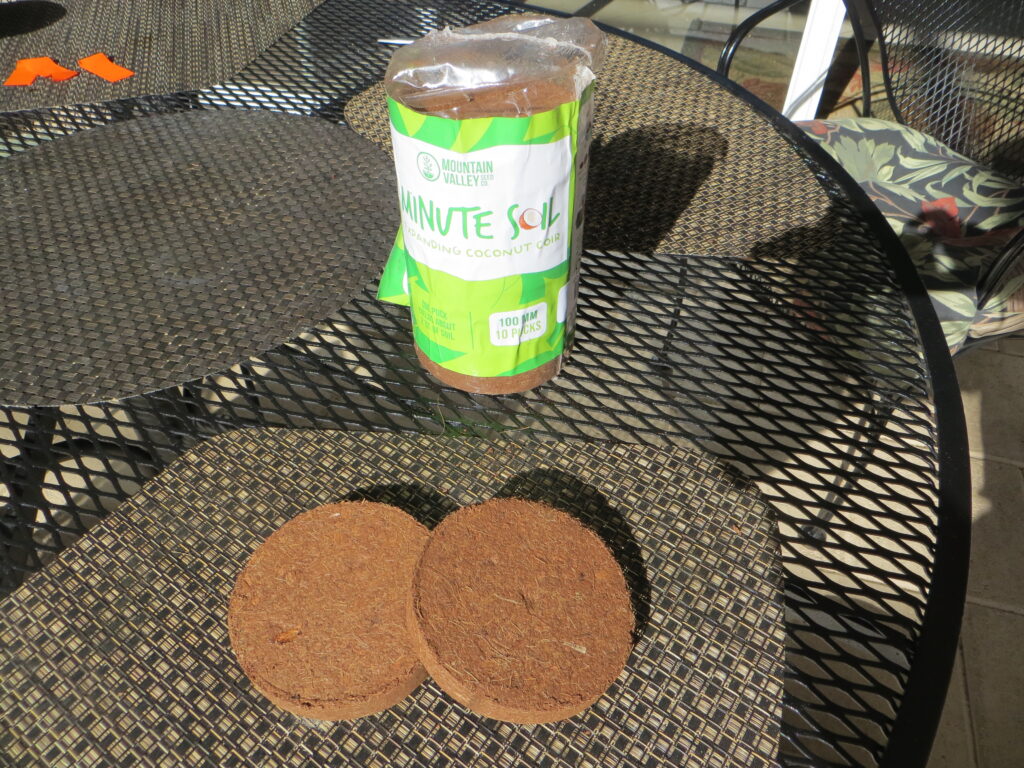The Desert Rose is a caudiform
Repotting a Desert Rose
Nancy and I are going to visit her brother in Nashville and she wanted to bring a nice plant as a gift. I repotted one of my Desert Rose plants – here’s the process.
Soil: The Internet recommendation for Adenium potting soil is 1/2 garden soil and 1/2 sand. I used Coconut fiber (coir) for soil, Perlite, and sand. Coir comes as compressed, dry chunks and you just add water. The perlite lightens the soil and the pot. For sand, here in Florida, my outside garden beds are mostly sand, so I just grabbed some.

Pots should ALWAYS have drainage holes, so I threw some rocks into the pot.

If the plant had been in its old pot for a year or more, I might have had to trim away some roots, but as this is a cosmetic pot upgrade. New soil means add fertilizer. I use Osmocote 14-14-14, a slow release, balanced fertilizer that will not burn young roots. I also add a tablespoon of bone meal to boost the Phosphates. Make a hole in the soil, big enough for the roots, stir the fertilizer and soil in the hole, and plant the Adenium. Depending on how long the plant has been in its old pot, it may have a line on the stem between the green, bark-like surface that was exposed to the sun, and the whiter surface that was under the soil.

In the above photo, you may be able to see the green “bark,” and nearer the roots, the white part that was under the soil.
After the plant is in its place, and I have gently tamped the soil around it, I like to finish it with a layer of river stones. This helps prevent soil disturbance when you water, slows evaporation, and it looks nice.
